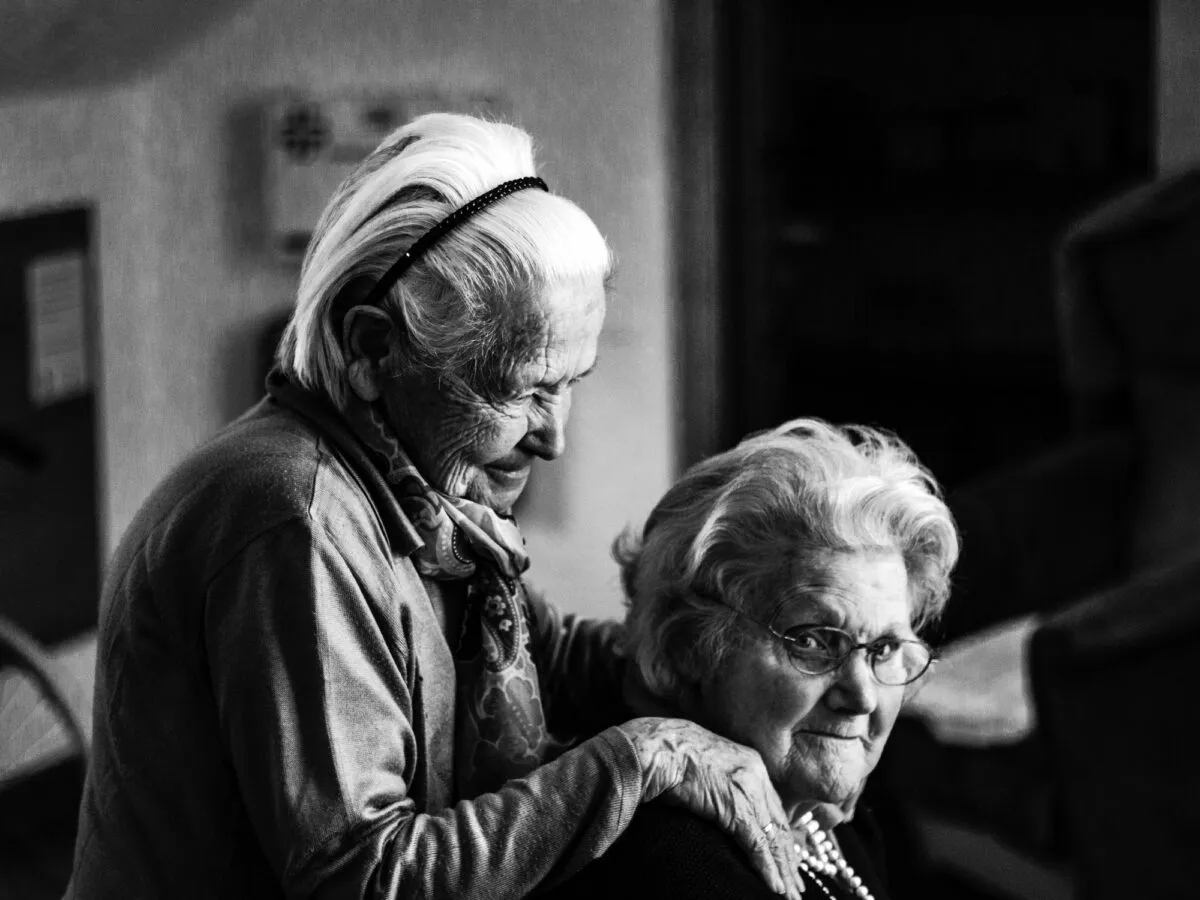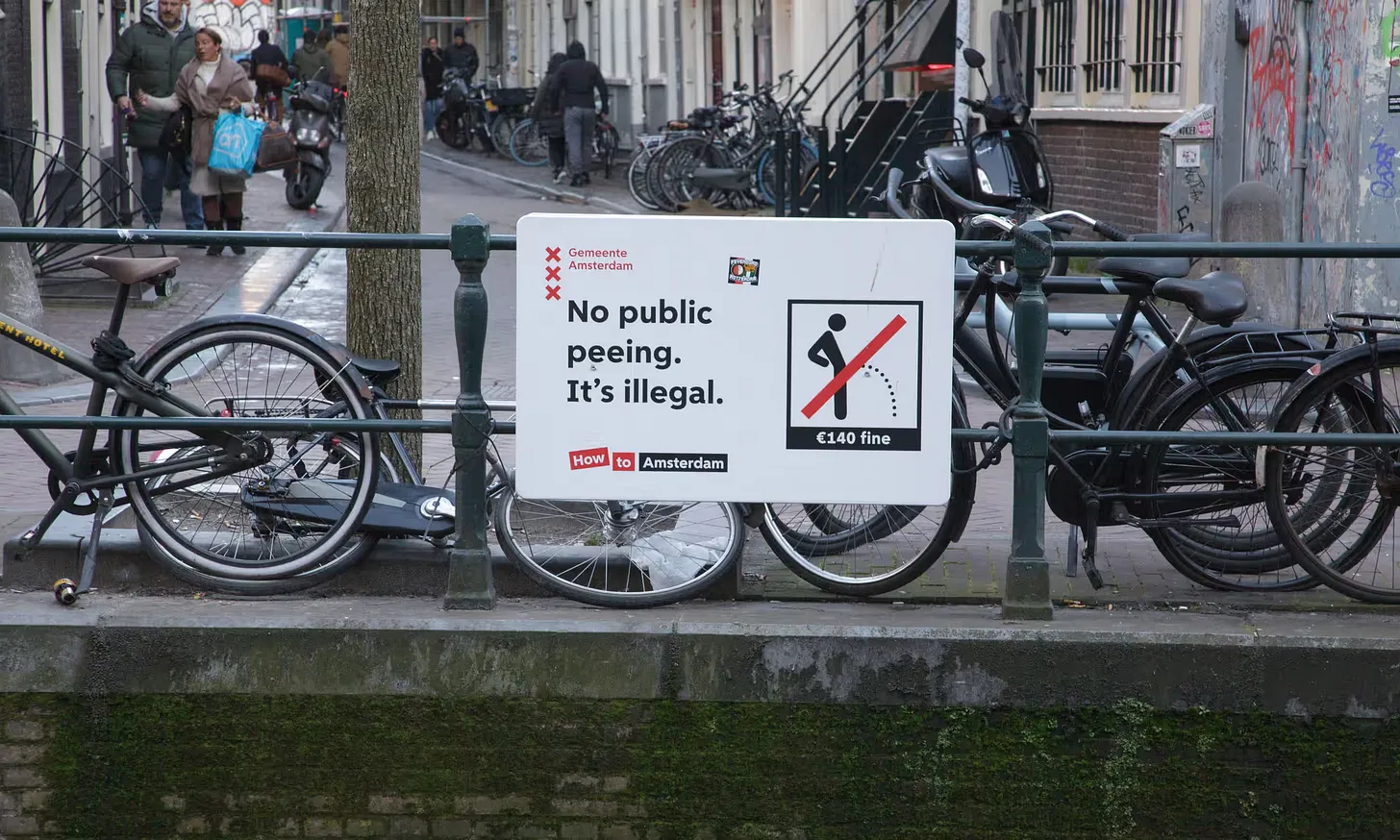She Raised a City, Then the City Forgot Her
Designing for Everyone—Except Grandma: How Digital Cities Reinforce the Gender Pension Gap—and the Tools to Bring Her Back
My mom used to call me at 3 am from China, panicked and anxious because she couldn’t buy a simple bottle of water at the local kiosk. Why? She hadn’t set up her apple pay, and the shop refused cash. Here I was, thousands of kilometers away in the Netherlands, helplessly trying to guide her through bank card linkage via facial recognition technology—at 3 am. Imagine her stress. It felt as though society had issued an ultimatum: embrace continuous digital "lifelong learning," or be left behind entirely.
And here's the unsettling truth: someday soon, I could be her.
We're quickly entering an era where every city dreams of becoming a sleek, data-driven "smart city." These cities aspire to optimize public services through digitalization, attracting vibrant, energetic young populations. Yet, amid this enthusiasm, we risk leaving behind an increasingly large group: the elderly.
Initially, I thought China's rapid digital shift might be unique to have this problem, but then I looked at Reggio Emilia, Italy. Reggio plans to turn its "city of the people" into a "city of digital people"—whatever that even means—despite Italy being the world's second-oldest country. Around 21% of Reggio Emilia’s residents are over 65, most of them single elderly women. Every single Italian over 110 is a woman.
Photograph by Eberhard Grossgasteiger, featured in “Not Your Grandma’s Nonna: How Older Women In Italy Are Reclaiming Their Age” by Valeria Berghinz, published in Worldcrunch.
We adore the "cool grandma" image—a lively, stylish woman enjoying her retirement with a generous pension. But what about the caring grandma who spends her retirement looking after grandchildren, or the lonely grandma living entirely by herself without much support? With rising trends of single-person households, elderly women's financial security often suffers due to careers disrupted by caregiving. This creates a significant "gender pension gap," leaving many elderly women vulnerable in later life. (And just to be clear—when we say "grandma," we don’t necessarily mean someone who had children. It’s a shorthand here for elderly women in general—the kind society tends to overlook.)
These disruptions create a significant "gender pension gap," leaving many elderly women economically vulnerable in their later years. While digitalization offers exciting tools for public feedback, without efforts to include older women, this shift risks deepening inequality. If grandma doesn’t own a smartphone or know how to submit digital feedback, she vanishes from the dataset. No data means no visibility—no insights for planners, no adjustments made. It's not just exclusion; it's a systemic blind spot baked into the digital fabric of our future cities. We already know the current data bias toward women and the elderly. Grandma? Double kill.
How could we counter-balance the quantitative data-driven methodology?
Amsterdam offers a powerful example of addressing such blind spots—not just in infrastructure but also in representation. A nine-year battle for "urination equality" began in 2015, when Geerte Piening faced a €140 fine for public urination due to the city's lack of accessible toilets for women. At the time, Amsterdam had 35 public urinals for men but only three toilets suitable for women and wheelchair users. The glaring imbalance sparked critical conversations about who public infrastructure truly serves. Ultimately, the city committed €4 million to expanding and improving facilities.
Photograph by Roger Coulam/Alamy, featured in “Amsterdam Women Win Fight For More Public Toilets After Nine-Year Campaign” by Ashifa Kassam, published in The Guardian.
What’s especially insightful is how this case introduced a qualitative lens. It wasn’t sensors or app feedback that exposed the issue—it was lived experience. Piening’s case highlighted an everyday obstacle data alone might have missed. In effect, it acted as informal "user journey mapping," revealing how the city’s design failed women in one of the most basic needs. It's a reminder that numbers can only tell part of the story. Sometimes, one inconvenient experience triggers real change.
To truly address this issue, cities could embrace a project management tool known as "User Journey Mapping." By observing and documenting the daily lives of elderly women, urban planners can identify practical barriers in public spaces. Simple questions become powerful tools: How does grandma reach the bakery each morning? How often, and how far, must she walk to buy groceries? Can she comfortably sit and rest? Where are public restrooms and shaded benches when she meets friends or picks up grandchildren from school?
After reflecting on these insights, I've realized how essential it is to have these conversations, no matter how challenging. I plan to call my mom and truly listen, mapping her experiences from afar—not just imagining her home alone watching TV, but genuinely understanding how she feels navigating her daily life. Perhaps, we should all pause to consider: how well do our cities truly serve those who shaped them?
Originally published by Resonance atelier.
Written by Jammy Zhu, with contributions from ChatGPT


